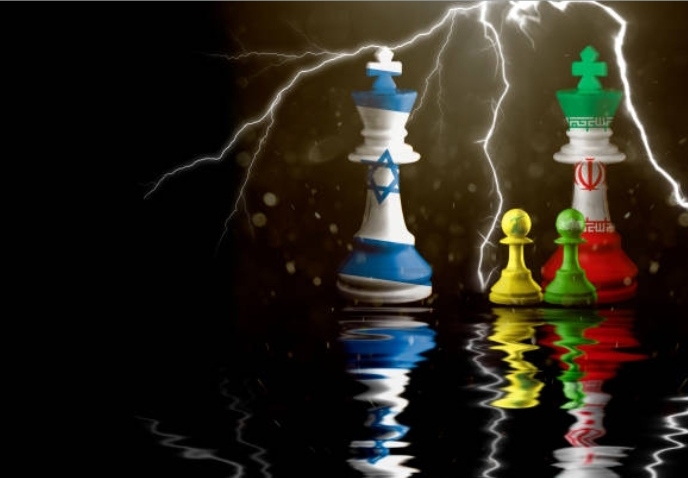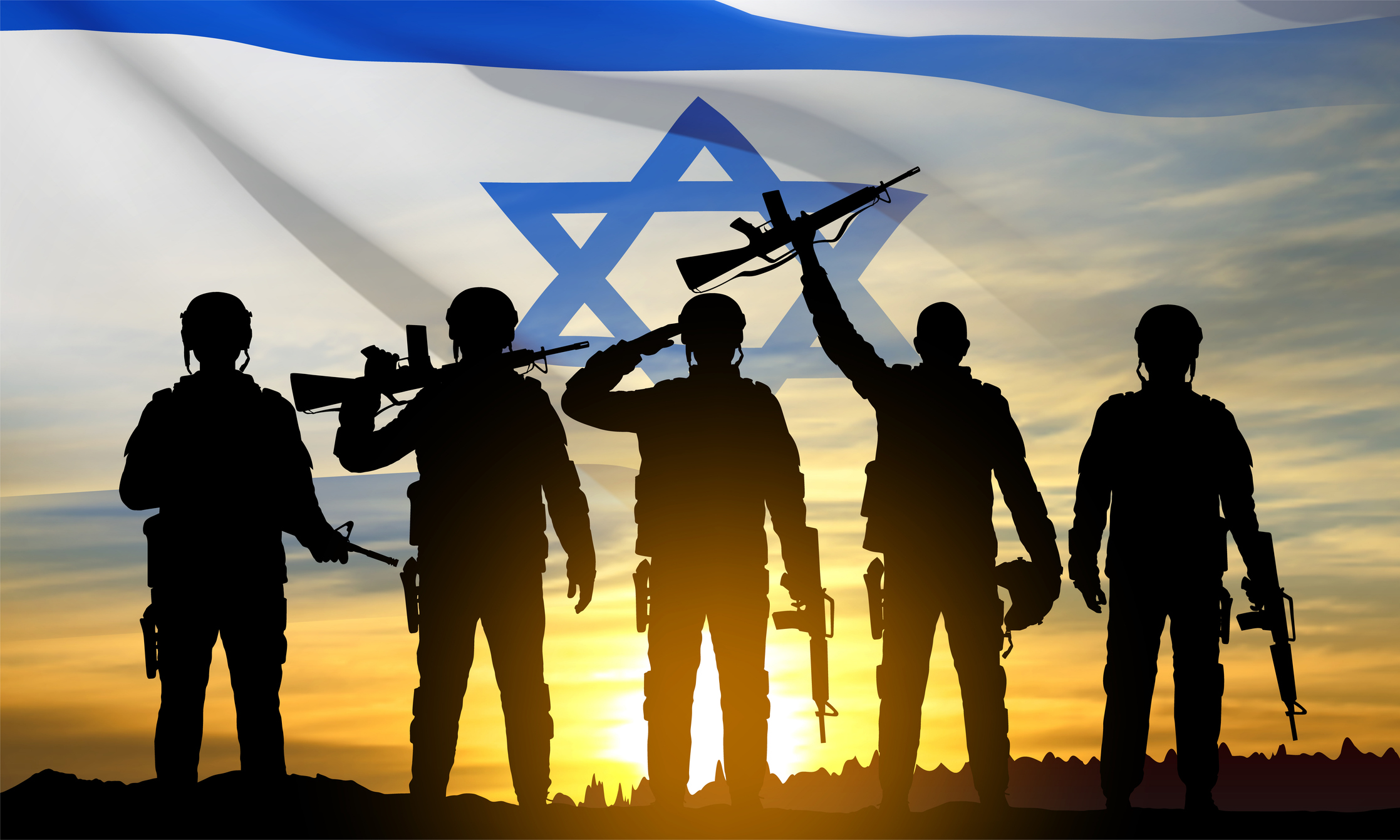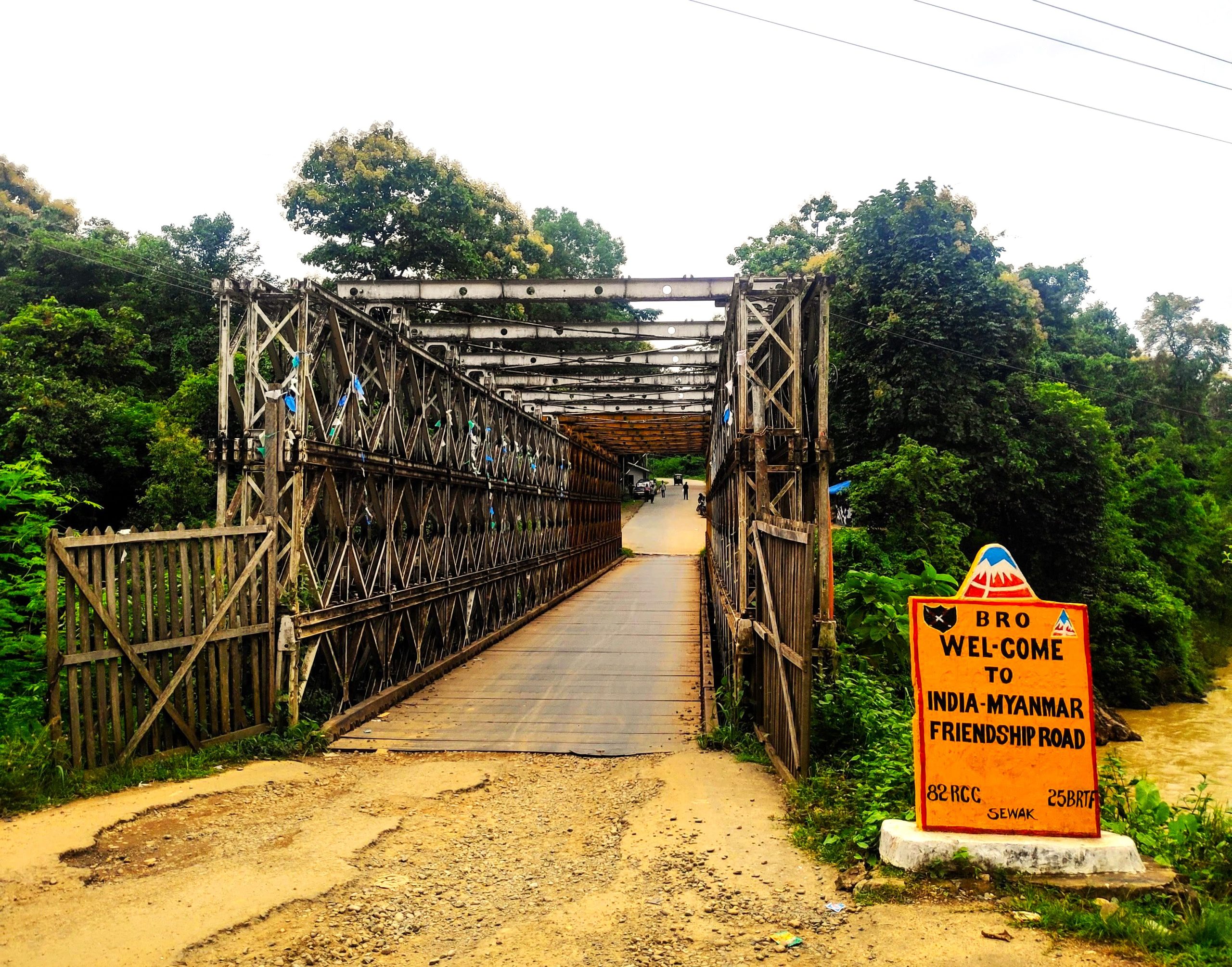
THE MIDDLE EAST : IS IT HEADING TOWARDS ANOTHER CATASTROPHIC WAR ?
 Fri, 27 Sep 2024
| Reading Time: 5 minutes
Fri, 27 Sep 2024
| Reading Time: 5 minutes

With public attention focused on Prime Minister Modi’s visits to Poland, Ukraine and the US, only the peripheral events of the Middle East were finding their ways into the headlines. Understandable, simply because Ukraine has been going on longer and also because the Middle East is a quagmire for far too long with no real expectations of any outcomes. One usually hears the cliché ‘hundred-year war’ as a description of the Israel-Palestine standoff. Comparisons between destructive wars of this kind are needless, except for the quantum of destruction brought about by contestants and the size of arms and ammunition arsenals expended. After long we are finding defence industrial complexes of the world in an overdrive and more research on the way towards manufacturing many more destructive means. The world of clandestine weapons is not far behind in this, with the recent phenomenon of timed exploding pagers in Lebanon.
Turning attention to the Middle East, it is clear that Israel’s decided concept of war in the fight against Hamas and now against Hezbollah remains the final destruction of the two entities and their reduction to non-effectiveness. The blame game on who started it is irrelevant because neither are Hamas and Hezbollah angels of any kind nor is the retribution of any proportionate levels. It is innocent humanity under control of terror-based organisations which suffers the destruction wrought by Israel’s US supported war machine. It is neither conventional war nor hybrid; it is something quite unique where the collateral is not a factor in planning and effect. In history it has happened earlier. The nuking of Hiroshima and Nagasaki comes to mind, the destruction and killing of a large population as the main target for effect; the collateral then too was irrelevant. The targeting of major cities such as London and Berlin in the Second World War was also an example. Justification of such concepts on the basis of this precedence does not bear rationale in these modern and supposedly evolved times.
It is not known but what is clear is that the war in Gaza seems to have been temporarily halted or reduced in intensity. Hamas’ ability to resist effectively would definitely have been marginalised very greatly by recent retaliatory strikes by the IDF but the significant factor, as Israel realigns its resources towards Lebanon and Hezbollah, is the potential for resurgence. Israel had neither been efficient nor smart in the south where over a period of time it allowed Hamas to build such capacity in Gaza that a year’s destructive war effort has not been able to fully neutralise the disparate forces whose supply lines were always under Israeli resource control. Will it be able to progressively do so even now? A sizeable force will need to remain deployed thus diluting the forces that can be readied to battle Hezbollah in the north.
Presuming that Israel is likely to strike into Lebanon in the near future through a ground incursion, it would surely have optimised its resources and learnt its lessons over the last one year. In fact, it will need to revisit some of the lessons of the 2006 war with Lebanon. It would be recalled that Hezbollah launched a surprise cross border attack on an Israeli patrol on July 12, 2006, which became the trigger for the 34 days war resulting in the death of 1,200 Lebanese and 165 Israelis. This time around the scale of the destructive power of Israel is many times more, as proved by the recent air strikes on Hezbollah positions and civilian localities which have resulted in more than 500 fatalities. Hezbollah had withstood fairly devastating Israeli fire assaults, but it has also fired rockets deep into Israel. The effect of Hezbollah’s rocket and missile attacks was made to look relatively marginal as information on effects and impact of fires from Lebanon is being kept away from public information. It is not clear whether the effect was low due to lack of destructive capability or because of intentional restraint to prevent provocation towards very intense retribution. Now that retribution has been initiated without any holds barred Hezbollah could potentially also up the ante. Its arsenal is known to have some dated and antiquated launchers and rockets but the range of a few is up to 500 km.
In Gaza, Hamas fighters made effective use of the tunnel system and many times also of the destroyed buildings as cover for maneuver. In 2006 Hezbollah fighters had also held open ground and used some heavy armoured vehicles to maneuver. It still has a few T-72 tanks and BMP-1 ICVs, but Israeli armour should have no problem in overcoming resistance offered by these. Israel’s Air Force and missile forces will be the force multipliers, but the surprise factor may well be the drones which probably exist with Hezbollah in large numbers. Iran is one of the core nations involved in drone manufacturing and pioneering their uses. The IDF advance can expect resistance from this quarter and would need to be prepared for surprise methods of employment in a conventional battle.
The IDF will have to switch to conventional operational mode which perhaps it is more orientated towards but units moving from Gaza to the north will need to refocus. The IDF altered its strategy in tackling Gaza, changing from its earlier advocated ‘mowing the grass’ doctrine to a far more aggressive one involving a virtual ‘hunt for the last terrorist’. The political, military and diplomatic fallout of attempting a similar doctrine in Lebanon is likely to be of a different order. There are reasons for this. First, there is much more space for the defender to maneuver. Second, a Gaza like destruction may not find acceptance internationally with the US coming under severe criticism too. Israel can risk its relationship with the US only up to a point because good times may not last forever. Third, unlike Gaza where the supply lines were hugely constrained, the Levant through which many of the supply lines flow, is under greater control of the Iran-Syria-Iraq combine. The spread of war into this region remains a distinct possibility because the Israeli Air Force will target the area extensively. That is the reason why Israel has been repeatedly targeting the Iranian Islamic Revolutionary Guard Corps (IRGC) locations and commanders in the Levant zone; the purpose being to prevent the IRGC having an undisturbed hold over the area.
As far as Hezbollah is concerned, its ability to force what could be described as a stalemate in 2006 may have encouraged it to trigger the instigation of a standoff on the northern borders. It may have perceived that the memory of 2006 may act as a deterrent for Israel. However, that is a distant past. It may have also appreciated that Israel’s capacity to fight on two fronts is likely to be very limited. Actually, this time Israel’s mobilisation and willingness to go to the last mile with a hard option, is something Hezbollah may not have contended with.
As the situation progresses there will be tremendous scope for predictive analyses about outcomes and potential operational strategies that are likely to play out. With the attack by pagers and the aerial targeting, Israel has definitely sounded a warning, and Hezbollah may yet not provoke beyond a point. The most interesting part of the impending standoff could be the potential response of Iran if it chooses to cross the rubicon. With the war likely to shift closer to Iran’s border but not yet on or across it there is a possible likelihood of a direct confrontation between elements of the Israeli Defence Forces and the IRGC or other components of the Iranian Armed Forces, at least at a peripheral level.
In the final analysis, while a buildup of Israeli forces may be ongoing, much against the advice of the US and others, it is also possible that Hezbollah may be restrained by Iran. The latter is in no position to enter into direct confrontation and would like to potentially leave it to a lot of posturing and not take this beyond. Let us hope saner options are followed.
Disclaimer
The opinions expressed in this article are the author’s own and do not reflect the views of Chanakya Forum. All information provided in this article including timeliness, completeness, accuracy, suitability or validity of information referenced therein, is the sole responsibility of the author. www.chanakyaforum.com does not assume any responsibility for the same.
Chanakya Forum is now on . Click here to join our channel (@ChanakyaForum) and stay updated with the latest headlines and articles.
Important
We work round the clock to bring you the finest articles and updates from around the world. There is a team that works tirelessly to ensure that you have a seamless reading experience. But all this costs money. Please support us so that we keep doing what we do best. Happy Reading
Support Us





















POST COMMENTS (0)